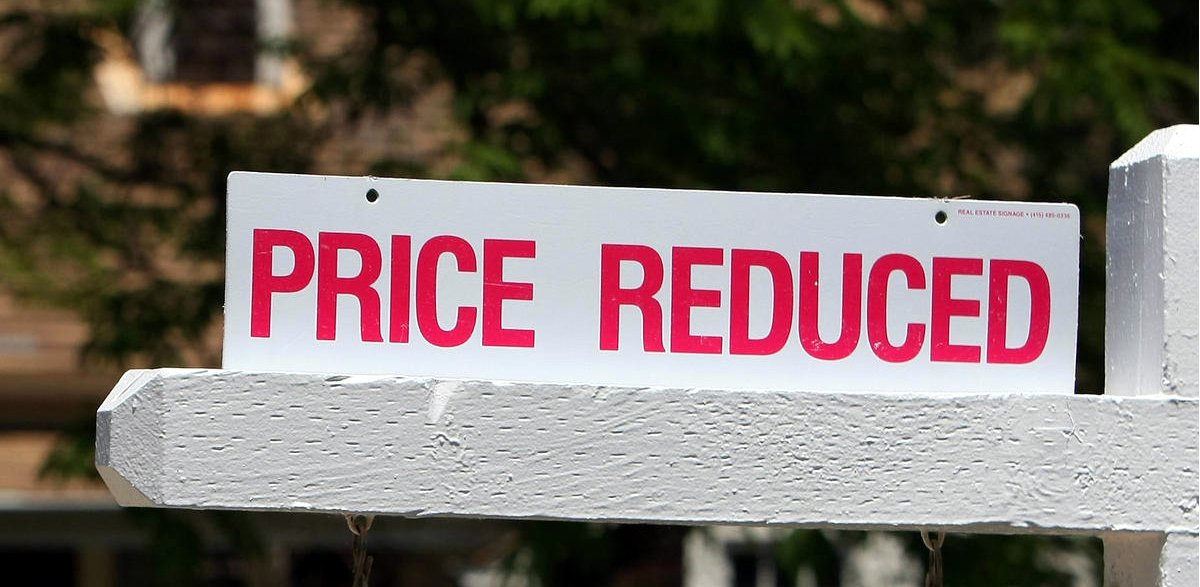
Commercial real estate’s recovery
According to the National Association of Realtors’ quarterly commercial real estate forecast, continued tight lending and a slowdown in job creation has tempered growth in some areas, despite “positive underlying fundamentals” supporting the sector.
Dr. Lawrence Yun, NAR’s chief economist, said that there are mixed results among the commercial sectors. “Job creation in the second quarter was about half of what we saw in the first quarter, which is moderating demand in the office sector.”
“Industrial and warehouse space is holding on better because imports and exports have advanced,” Dr. Yun added. “While exports to Europe generally are down, trade has been robust with India, China and other Asian nations, along with Brazil, Mexico and our strongest trading partner – Canada.”
Although still positive, dampened demand is slightly moderating rent growth with the exception of the multifamily market. “Sharply higher demand for apartments is causing rents to rise at faster rates,” Yun said. “A return to normal household formation will mean even lower vacancy rates and higher rents in the future.”
What lies ahead, and avoiding the “fiscal cliff”
NAR reports that the current commercial real estate cycle has been driven by shifts in demand without an oversupply of new construction. “The difficulty small businesses have in getting commercial real estate loans for leasing or purchase is keeping a lid on demand,” Dr. Yun explained. “Multifamily is the only commercial sector with a notable growth in new space, with some lending provided through government loans.”
Vacancy rates remain above historic averages (14.4 percent for the office market, 10.1 percent in industrial, 8.1 percent for retail) seen since 1999, with the exception of multifamily, but NAR notes that these vacancy rates are slowly dropping, and rents are slowly rising in all sectors, but in an election year, the Association forecasts no dramatic changes.
The trade group reports that “Many corporate decisions on spending and job hiring are on hold given uncertainty over the upcoming elections, whether Congress will effectively avoid a ‘fiscal cliff,’ and unsettled issues such as health care and banking/financial regulations.”
“Overall companies hold plentiful cash reserves, but they are hesitant to hire without clarity over how these outstanding issues will impact the bottom line,” Dr. Yun said. “Commercial real estate gains could be thwarted if lending from small and community banks dry up from excessive regulatory compliance costs, and if international big-bank capital rules are applied to smaller lending institutions.”
Projections for all four sectors
According to NAR, multifamily is expected to see vacancy rates drop slightly from 4.3 percent in the third quarter to 4.2 percent in the third quarter of 2013, justifying rising rents. Areas with the lowest multifamily vacancy rates currently are Portland, Ore., at 2.0 percent; New York City and Minneapolis, both at 2.2 percent; and New Haven, Conn., and San Jose, Calif., both at 2.4 percent. The average apartment rent is likely to increase 4.1 percent in 2012 and another 4.4 percent next year, says the Association. Multifamily net absorption should be 219,300 units this year and 236,600 in 2013.
Office markets are expected to see vacancy rates drop from 16.1 percent in the third quarter to 15.6 percent in the third quarter of 2013. The markets with the lowest office vacancy rates presently are Washington, D.C., with a vacancy rate of 9.4 percent; New York City, at 10.0 percent; and New Orleans, 12.8 percent. Office rent is projected to increase 2.0 percent this year and 2.6 percent in 2013. Net absorption of office space in the U.S. should be 24.1 million square feet in 2012 and 47.8 million next year.
NAR forecasts that industrial vacancies will drop from 10.7 percent in the third quarter of this year to 10.5 percent in the third quarter of 2013, and rents are expected to rise 1.7 percent in 2012, and 2.4 percent in 2013. The areas with the lowest industrial vacancy rates currently are Orange County, Calif., with a vacancy rate of 4.6 percent; Los Angeles, 4.8 percent; and Miami at 6.8 percent. Net absorption of industrial space nationally is seen at 59.8 million square feet this year and 67.2 million in 2013.
Vacancy rates for retail should drop from 10.9 percent in the third quarter to 10.7 percent in the third quarter of 2013, and average rents are forecast to rise 0.8 percent in 2012 and 1.3 percent in 2013. Presently, markets with the lowest retail vacancy rates include San Francisco, 3.8 percent; Fairfield County, Conn., 3.9 percent; and Long Island, N.Y., and Orange County, Calif., both at 5.3 percent. Net absorption of retail space should be 10.3 million square feet this year and 20.1 million in 2013.
Tara Steele is the News Director at The American Genius, covering entrepreneur, real estate, technology news and everything in between. If you'd like to reach Tara with a question, comment, press release or hot news tip, simply click the link below.







































